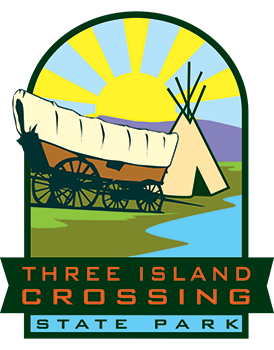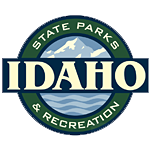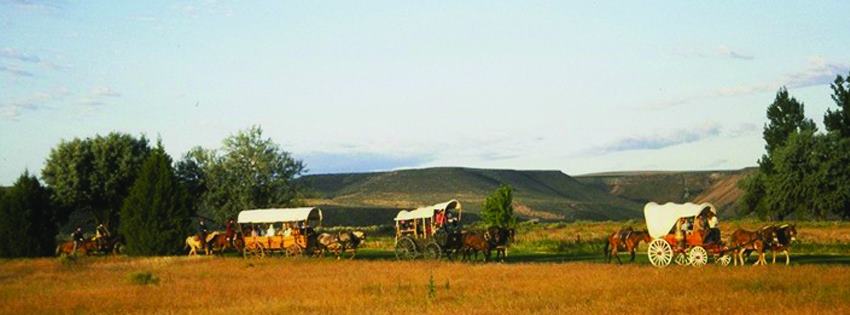PARK UPDATE:
March 2024 Update:
Starting on the 18th the Oregon Trail History and Education Center will be open Monday-Saturday 9:00am-4:00pm (Closed Sundays).
General
- The Wagon Wheel Campground is now reservable all year long!
- Trailside Campground will be reservable in March 2024.
- Campsite check-in time is 2 pm and checkout time is 1 pm.
- Cabins require reservations year-round, and they must be made at least 48 hours prior to the arrival date. The Cottonwood and Sage Cabins are closed from November thru mid-March.
- Cabin check-in time is 3 pm and check-out time is 11 am. You can arrive early but you will not be able to enter the cabin until 3 pm.
- These times are being strictly enforced. If you arrive before your check in time, you may park in the overflow parking area and visit the rest of the park.
Park Reservations
By phone: 1-888-9-CAMPID or 1-888-922-6743
Current Conditions
Contact the Park
Address: 1083 S.Three Island Park Dr.
Glenns Ferry, ID 83623
Phone: (208) 366-2394
Hours of Operation: Oregon Trail History Center: Monday-Saturday 9am-4pm (Closed Sundays).




